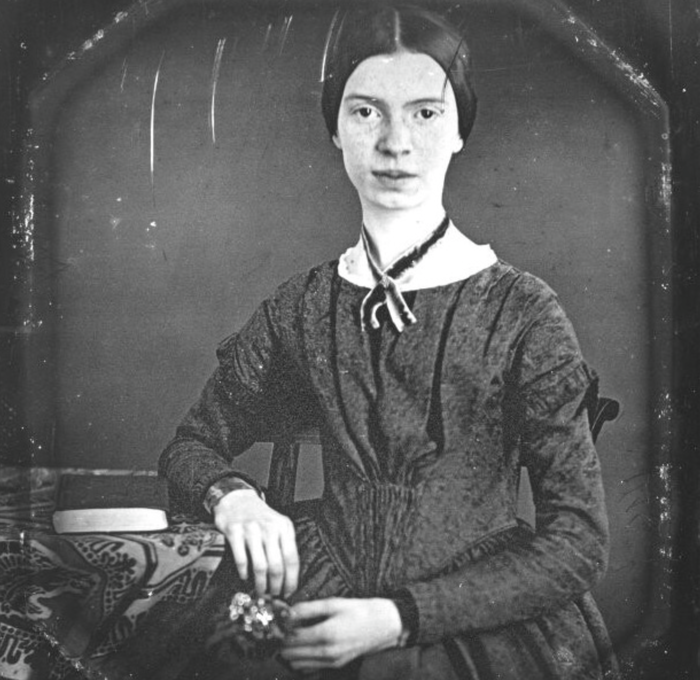The enduring power of Slim Aarons’ eternal summer
Mier Foo explores the resurgence of interest in Slim Aarons’ photography and his influence in contemporary culture
In the era of social distancing when most of the world is sequestered in their homes, it’s becoming increasingly difficult not to turn to Instagram as a form of escapism. In the pandemic-induced travel lull, summer plans have been put on hold indefinitely. Yet, for a select few, lockdown has provided the opportunity for ambitious road trips and luxurious staycations, devoid of the usual throngs of tourists. From expansive views of the lush Amangiri resort in Canyon Point, Utah to sun-drenched balconies overlooking the Riviera, our social media feeds have been inundated with fantastical images of what Slim Aarons once described as ‘attractive people doing attractive things in attractive places’. Aarons’ influence can be found everywhere these days, not just by zealously imitative influencers. His photographs have inspired film aesthetics (think The Talented Mr Ripley), are referenced in fashion campaigns and even printed on clothing. The Slim Aarons style ideal clearly lives on.
In another time, such ostentatious displays of wealth might have served to confirm the profligacy of the privileged class (and in many ways, it has). However, there is a more dominant force at work here, incisively espoused by Susan Sontag in her famous treatise on photography: “Needing to have reality confirmed and experience enhanced by photographs is an aesthetic consumerism to which everyone is now addicted.” In such a culture, such aspirational content is celebrated, even revered.
Aarons’ photography is by no means inclusive – a storyteller intent on immortalising the rarified world his subjects inhabited, he photographed scenes which capture his romanticised notion of life and leisure. Interestingly, Aarons himself was from a poor immigrant family and grew up in the Lower East Side of Manhattan. He had a tumultuous childhood with his mother in and out of mental hospitals and his father all but absent. At 18, he enlisted in the army and took up photography as a way of documenting the atrocities of World War II. He was discharged after being injured in battle, disillusioned but determined. This period marked a drastic change in his photojournalism career as he began shooting for luxury publications such as Harper’s and Town and Country. He was drawn to the lambent glamour of a magazine spread, the stilled gaze of the camera’s glare, its ability to preserve and create.
“What is enduring about Aarons’ photography is not the inherent aestheticism of his images but his acknowledgement of the idealised fantasy of it all.”
The fixation with pools evident in his imagery also acts as a testament to the insularity of the world he wished to infiltrate. Slivers of sunlight caught in its mirrored surface, the nonchalant elegance of its subjects lounging carelessly nearby, the heady intoxication of Italian summer and moneyed America reflected in all its technicolor glory. His photograph of the Hotel Du Cap-Eden-Roc’s saltwater pool hewn out of the rocky outcrop of the Cap d’Antibes peninsula, featured on the cover of the 2007 edition of his posthumously published photography book: Poolside With Slim Aarons, cemented the hotel’s reputation as the epitome of the Riviera lifestyle others sought to emulate.
What is enduring about Aarons’ photography is not the inherent aestheticism of his images but his acknowledgement of the idealised fantasy of it all. Only after the release of Fritz Mitchell’s documentary about Aarons, titled Slim Aarons: The High Life, did his family and friends learn the truth behind his upbringing. The fact that he spent his entire career obscuring his Jewish heritage reveals that Aarons had no illusions of the company with which he surrounded himself and was not blind to the falsity of the world he sought to infiltrate. He knew that his origins would have denied him access to the restricted realm of WASP privilege his photography glamourised.
It is easy to dismiss Aarons’ work as a nostalgic paean to a different time, one perhaps at the precipice of a proletariat revolution. However, Aarons was also working in a time of deep privation and vast social upheaval, similar to the circumstances we find ourselves in today. His first book release came at the height of the Cold War, the aftermath of the Watergate scandal and a looming recession. Understanding Aarons’ circumstances lends his photos a different dimension; it is possible then that his framing of such excess becomes a commentary on it. With just his camera, he wrote himself into the narrative his upbringing should have excluded him from. His work recalls not only the illustrious nature of his career and his infiltration into the upper echelons of society, but also his irreverent spirit which still captivates us today. In lockdown, a holiday seems like a far off fantasy; in that regard, Slim Aarons got it right.
 News / Caius mourns its tree-mendous loss23 December 2025
News / Caius mourns its tree-mendous loss23 December 2025 Comment / Yes, I’m brown – but I have more important things to say22 December 2025
Comment / Yes, I’m brown – but I have more important things to say22 December 2025 News / Cambridge welcomes UK rejoining the Erasmus scheme20 December 2025
News / Cambridge welcomes UK rejoining the Erasmus scheme20 December 2025 News / CUP announces funding scheme for under-represented academics19 December 2025
News / CUP announces funding scheme for under-represented academics19 December 2025 Interviews / Politics, your own way: Tilly Middlehurst on speaking out21 December 2025
Interviews / Politics, your own way: Tilly Middlehurst on speaking out21 December 2025










